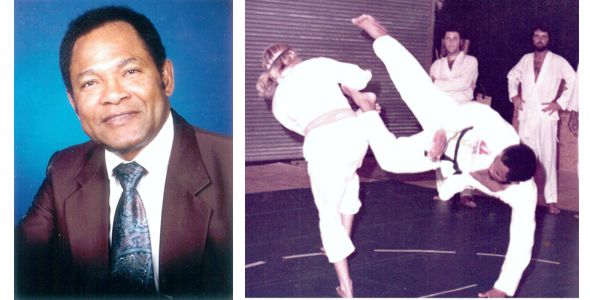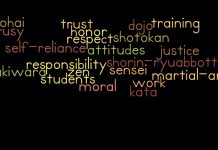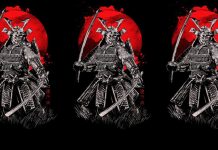In this segment, I would like to speak some more on the principle of proficiency in a contest, (Renshindo). The primary goals of the martial arts, as explained in a previous article, are physical development, mental and spiritual development, and proficiency in a contest.
The concept of Renshindo (proficiency in a contest), can be described in three sub-divisions:
- Renshindo as used in competition
- Renshindo as used in a self-defense situation
- Renshindo as used in mortal combat
Before we continue, let us define the word proficiency. The dictionary defines proficiency as having a high degree of competency or skill. Some definitions describe proficiency as having ability, expertise, prowess, and adeptness.
Now, let us say that, for instance, you are engaged in a competitive contest, AKA, a karate tournament, where there are judges, and referees, you are restricted as to the type of techniques you can use, and the power and intensity in which they are utilized. For instance, in many martial arts tournaments, the groin is not a target, and a contestant may not deliver a strike to the face or throat. Furthermore, the competitors must take utmost care and control when attacking areas designated a target.
These restrictions do not apply when renshindo is used in self-defense, because there are no judges or referees to yell Yame, or stop, however, you are still limited to the types of techniques you may employ and the intensity and force in which they are used.
In contrast, when used in mortal combat situations, which will result in your death, or the death of a loved one, none of those restrictions applies; therefore, all techniques at your disposal may be used. Actually, there is one restriction placed on you, and that is your own conviction.
We are all morally, and legally responsible for our actions; therefore, it is imperative we are absolutely sure that our life, or the life of a loved one is in imminent, and immediately danger, before utilizing techniques that will result in the death of another. Once that imminent danger is recognized and acknowledged, your attack and the techniques used must be quick, decisive, powerful, and accurate. A student can only acquire such proficiency by constant and diligent practice.
Anybody can practice the martial arts, but it takes diligence, conviction, and dedication, for one to become a student of the martial arts. When a prospective student joins a school, it is incumbent upon the teacher to find out the intent of the potential student, and train him or her accordingly.
There is nothing inherently wrong with merely practicing the martial arts. There are many inordinate individuals who possess great skills, and demonstrate excellent techniques. However, the development and displaying of physical skills and good fighting techniques without obvious signs of mental and spiritual development only creates a practitioner of the martial arts, and certainly not a student of the martial arts.











